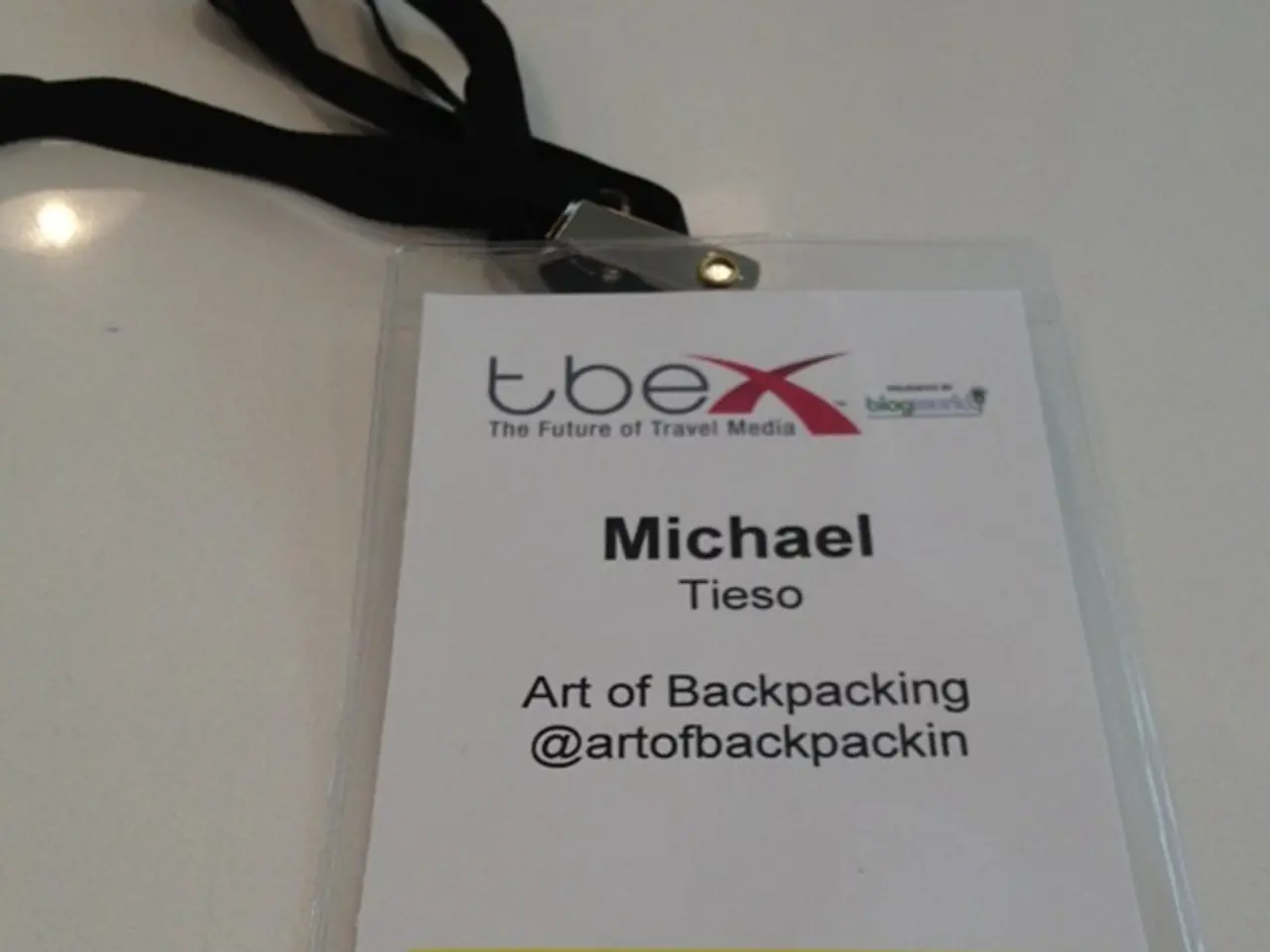Top 15 Identity and Access Management (IAM) Solutions that Shine in 2025
In the digital age, securing access to applications and resources has become paramount for organizations worldwide. Modern identity management solutions are rising to meet this challenge, offering a blend of security, convenience, and flexibility. Here's a look at some of the key features and capabilities of these innovative systems.
One such solution is SecureAuth, which connects with key social identity providers like Google, Facebook, Twitter, and LinkedIn, enabling users to sign in using their existing social media identities. SecureAuth also provides adaptive authentication capabilities, using contextual elements and risk-based analysis to decide the amount of authentication necessary. For added protection, SecureAuth offers strong MFA options and risk-based access control features.
RSA SecurID is another popular identity management solution. It uses tokens to generate time-based or event-based one-time passwords (OTP), and employs a two-factor authentication system that requires users to present two forms of identification. RSA SecurID also has adaptive authentication features that evaluate the risk of each authentication attempt.
Oracle's Cloud Infrastructure Identity and Access Management (IAM) and Access Governance tools offer comprehensive management of identity and access controls across diverse cloud and on-premises applications and devices. They provide a variety of robust authentication techniques, including biometrics (such as fingerprint or facial recognition) and smart cards, in addition to regular passwords.
Auth0 is another versatile identity management solution that provides comprehensive SSO capabilities, allowing users to authenticate once and effortlessly access various applications. It interacts with popular social identity providers such as Google, Facebook, Twitter, and LinkedIn, and offers customizable MFA options for added protection. Auth0 also empowers organizations to build and configure an IDM solution from the ground up, offering unparalleled customization and control.
NetIQ Identity Manager is another solution that automates user provisioning and de-provisioning processes, enabling enterprises to manage user lifecycles more effectively. It also provides self-service password management, allowing users to reset their passwords or unlock their accounts without requiring IT support. NetIQ Identity Manager enables companies to create roles based on job responsibilities and the permissions that go with them.
CyberArk Identity Management Solutions specializes in privileged account and access management. It offers JIT access capabilities, allowing for temporary and time-bound access to privileged accounts. The system also includes session management capabilities for monitoring and recording privileged user sessions, and privileged account lifecycle management, including onboarding, provisioning, de-provisioning, and rotation.
Saviynt's Identity Governance and Administration (IGA) capabilities enable enterprises to manage user identities, entitlements, and access privileges. Users can request access to applications and resources through Saviynt's self-service access request portal. Saviynt's platform features SoD analysis tools for identifying and mitigating user access conflicts.
Finally, CrowdStrike Falcon Next-Gen Identity Security is a comprehensive identity management solution that combines unified identity threat protection, privileged access security, and SaaS security into a single AI-native platform. It uses real-time detection, risk-based access, and AI-powered response to protect all types of identities everywhere.
In conclusion, modern identity management solutions are playing a crucial role in enhancing security, convenience, and flexibility in the digital world. These solutions offer a wide range of features, from adaptive authentication and MFA options to SSO capabilities and unified identity threat protection. As the digital landscape continues to evolve, these solutions will undoubtedly continue to adapt and innovate to meet the ever-changing needs of organizations and users alike.








